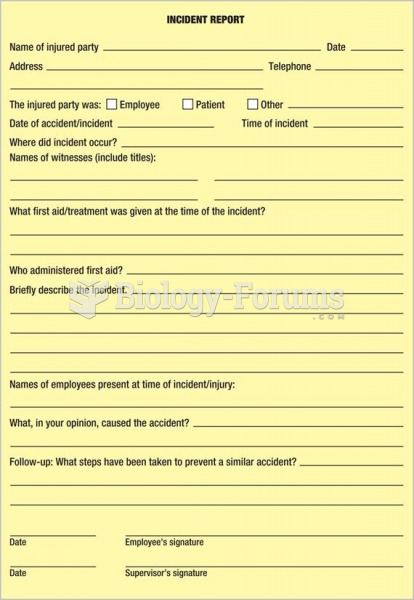Answer to Question 1
Answer: In a report, the introduction establishes the context, identifies the subject, previews main ideas (if using the direct approach), and establishes tone and reader relationship. Necessary elements include authorization, who authorized the report, if applicable. The problem/purpose section explains the reason for the report's existence and what the report will achieve. The scope describes what will and won't be covered in the report. Background information reviews historical conditions or factors that led up to the report. Sources and methods discuss the primary and secondary sources consulted and methods used. Definitions are a list of terms and their definitions, including any terms that might be misinterpreted. Terms may also be defined in the body, explanatory notes, or glossary. Limitations discuss factors beyond your control that affect report quality (but do not use this as an excuse for poor research or a poorly written report). Report organization identifies the topics to be covered and in what order.
In a proposal, the introduction identifies the problem you intend to solve or the opportunity you want to pursue. Elements include a background or statement of the problem that briefly reviews the situation at hand, establishes a need for action, and explains how things could be better. In unsolicited proposals, convince readers that a problem or an opportunity exists. The solution briefly describes the change you propose, highlighting your key selling points and their benefits to show how your proposal will solve the reader's problem. The scope states the boundaries of the proposalwhat you will and will not do. Report organization orients the reader to the remainder of the proposal and calls attention to the major divisions of thought.
Answer to Question 2
Answer: Reports and proposals can put heavy demands on your readers, so the you attitude is especially important with these long messages. In general, try to strike a balance between being overly informal (which can be perceived as trivializing important issues) and overly formal (which can put too much distance between writer and reader). If you know your readers reasonably well and your report is likely to meet with their approval, you can generally adopt an informal tone. To make your tone less formal, speak to readers in the first person, refer to them as you, and refer to yourself as I (or we if there are multiple report authors).To make your tone more formal, use the impersonal journalism style: Emphasize objectivity, avoid personal opinions, and build your argument on provable facts. Eliminate all personal pronouns (including I, you, we, us, and our). Avoid humor, and be careful with your use of similes, metaphors, and particularly colorful adjectives or adverbs. However, you don't need to make the writing monotonous. For example, you can still create interest by varying the types of sentences to create a pleasing rhythm. Take into account that communicating with people in other cultures often calls for more formality in reports, both to respect cultural preferences and to reduce the risk of miscommunication. Informal elements such as humor and casual language tend to translate poorly from one culture to another.







